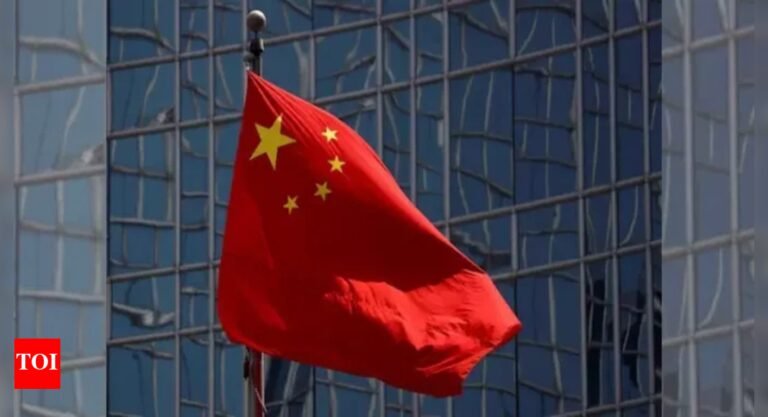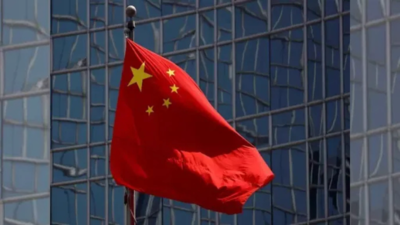Consumer prices in China fell for the third month in April as the country grapples with sluggish spending amid a fierce trade war with the United States.The latest data, released on Saturday by the National Bureau of Statistics (NBS), showed that the consumer price index (CPI), a crucial inflation measure, dropped by 0.1 percent year-on-year. This marks a continuation of the downward trend observed in February and March, reflecting deep-rooted challenges for the world’s second-largest economy.The world’s second largest economy has been struggling with deflationary pressures in recent years, facing longstanding woes in the property and exports sector.NBS statistician Dong Lijuan commented on the figures, attributing the decline to “international imported factors” which have led to lower prices in certain industries. These figures come at a critical time for the Asian giant, just ahead of key economic talks between officials from China and the United States in Switzerland. The two countries have been long engaged in a tit for tat tariff situation, with the US imposing a staggering 145% duty on many imports, which may reach as high as 245% overall.President Donald Trump had hinted on Friday that tariffs could be reduced to 80 percent, though Beijing has consistently called for a full cancellation of the levies that continue to pressurise the economy. Despite these external pressures, Chinese exports managed to rise in April, with a notable shift in trade routes to Southeast Asia. Exports to countries such as Thailand, Indonesia, and Vietnam saw double-digit growth, compensating for a sharp drop in exports to the United States.The producer price index (PPI), another key inflation indicator. also dropped by 2.7 percent year-on-year in April, a steeper decline than March’s 2.5 percent drop. This further reflected broader challenges in China’s manufacturing and export sectors.“Changes in the international trade environment and a rapid decline in some international bulk commodities have affected the decline in prices in related domestic industries,” Dong said.According to trade figures from China’s customs bureau, exports to the United States saw a major decline in April. However, shipments to Southeast Asia, particularly Thailand, Indonesia, and Vietnam, experienced double-digit growth.Chinese policymakers have recently relaxed key monetary policy measures, in efforts to stimulate domestic economic activity. These include cuts to a major interest rate and a reduction in the reserve requirements for banks, designed to encourage more lending.
Trending
- Delhi infrastructure project: Centre approves Rs 24,000-crore plan to decongest Delhi; Tunnel to link Mahipalpur to Vasant Kunj
- Tata Steel new plant: $1.5-billion electric arc furnace facility to come up at Port Talbot; UK government gives 500 million pounds
- RBI repo cut effect: HDFC slashes lending rates by 10 bps; new rates already in effect
- Jamie Dimon-led JPMorgan issues stern warning! Job hopping analysts to be fired; ‘if you accept a position with..’
- Myntra goes global: Online retailer launches first international platform in Singapore; targets Indian diaspora
- Market valuation: Mcap of 9 of 10 most valued firms jumps Rs 1 lakh crore; Reliance leads the way
- ‘Not a good indicator, what counts is…’: India overtaking Japan to be 4th largest economy no reason to be smug; WEF ex-MD serves reality check
- RBI repo reduction effect: Bank of Baroda cuts lending rate to 8.15%; Cheaper loans for homes and cars
- Foreign investment: India’s FDI hits 3-year high; Maharashtra leads with $19.6 billion
- ‘Unfairly low prices’: India slaps anti-dumping duty on China & Japan for two substances; says harming local producers



